As we planned in the weekly report here, we’ve sold AUD/JPY today at 80.25 when the cross recovered to 80.43 after RBA rate decision. Currently, the AUD/JPY is in consolidation pattern from 79.51 temporary low and it’s uncertain how long such consolidation will last. Hence, we’ll keep the stop unchanged at 81.00. That is slightly above 61.8% retracement of 81.78 to 79.51 at 80.91, as well as 4 hour 55 EMA (now at 80.76). We’ll lower the stop when AUD/JPY breaks 79.51 low.
Overall outlook is unchanged that AUD/JPY is extending the larger down trend form 90.29. First target is 61.8% projection of 83.92 to 79.69 from 81.78 at 79.16. This level is close to 61.8% retracement of 72.39 to 90.29 at 79.22. Even though it’s a cluster, based on current momentum, we’d expect it to be taken out with relative ease. The real test lies in 77.55/85 (61.8% projection of 90.29 to 80.48 from 83.92 at 77.85, 100% projection of 83.92 to 79.69 from 81.78 at 77.55). We haven’t decided whether to get out from there yet and will look at the downside momentum to decide.
We’re indeed looking at the prospect of deeper fall towards 72.39 low, as the rejection from falling 55 week EMA was rather bearish in medium term.




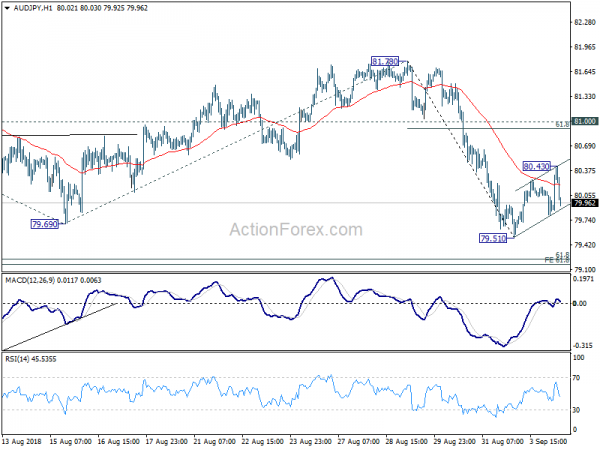
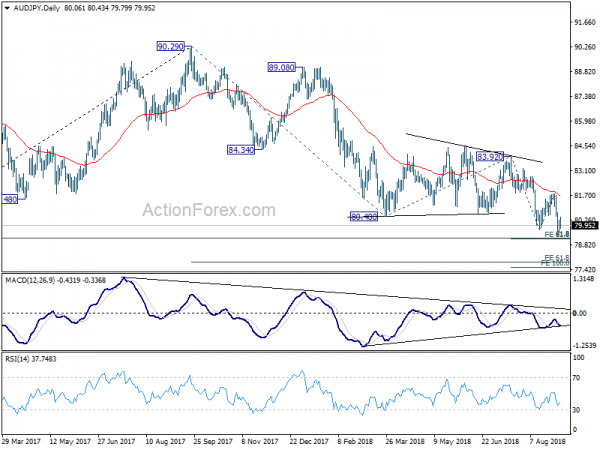
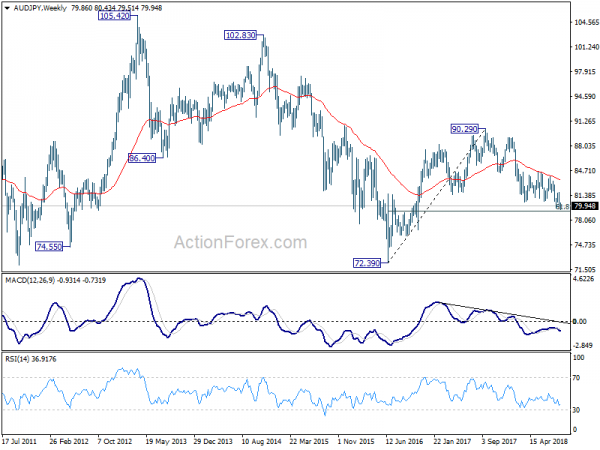
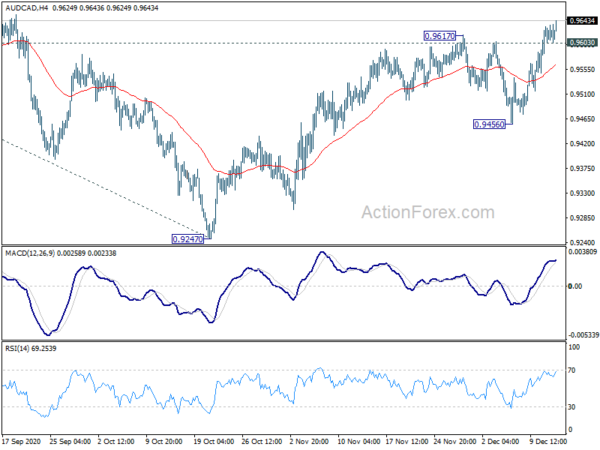
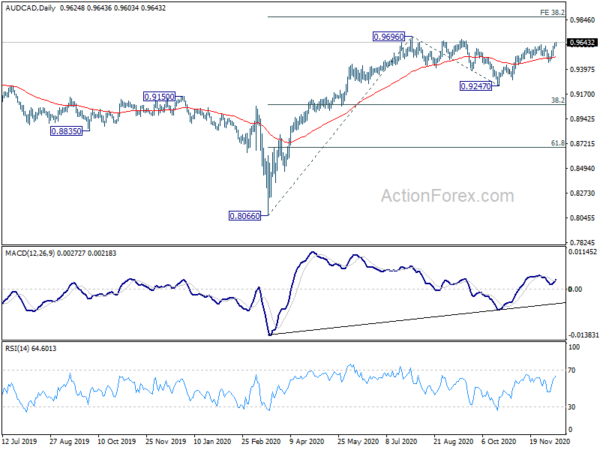
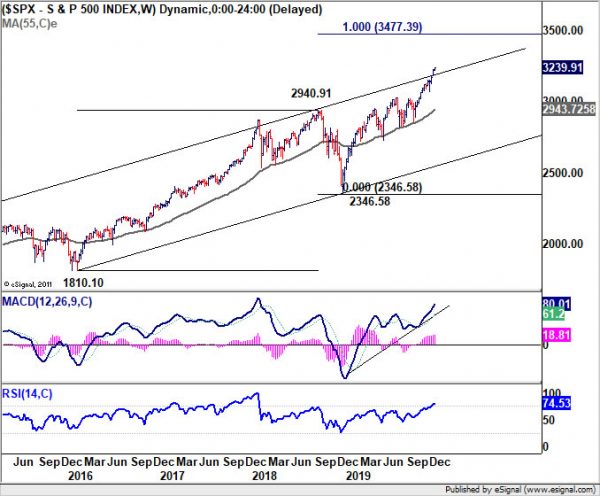
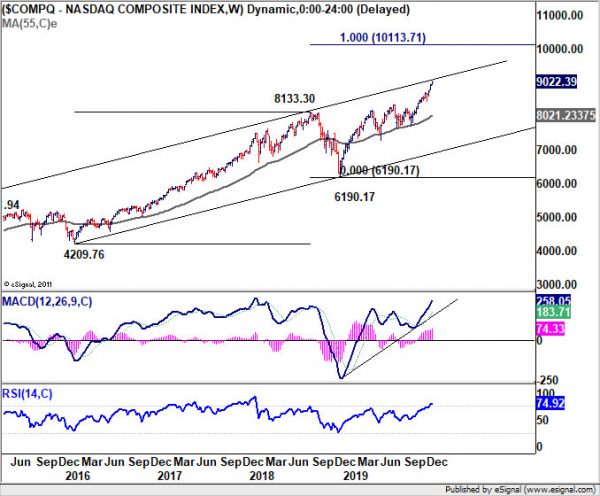
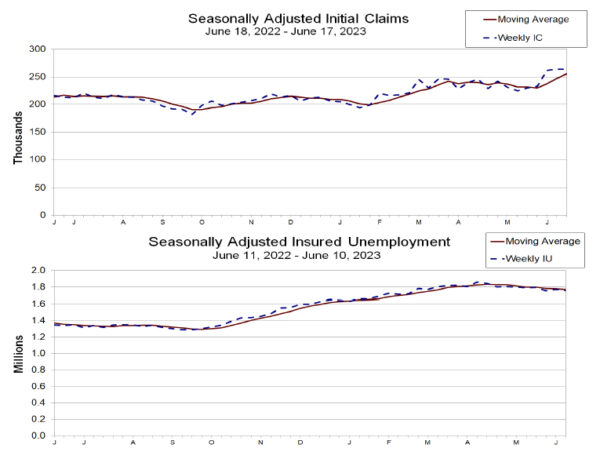
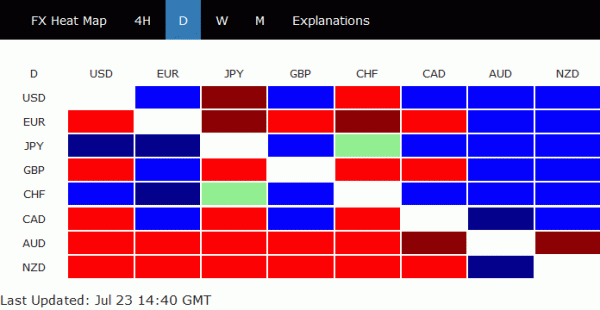
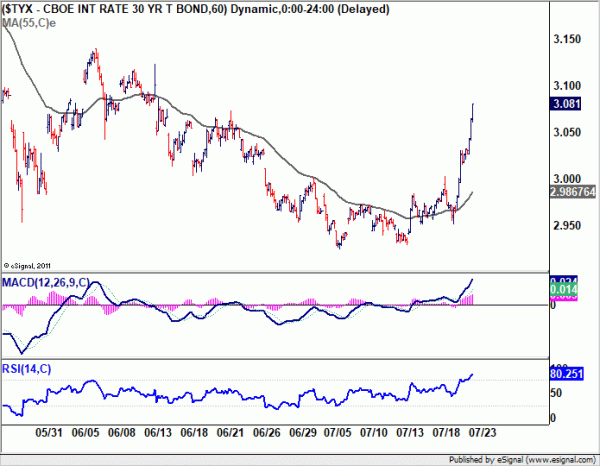
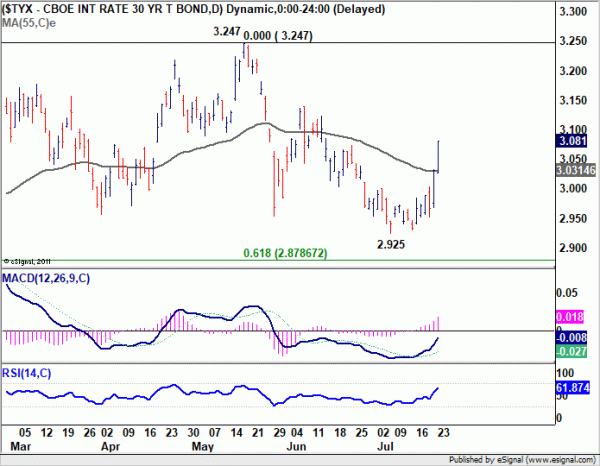
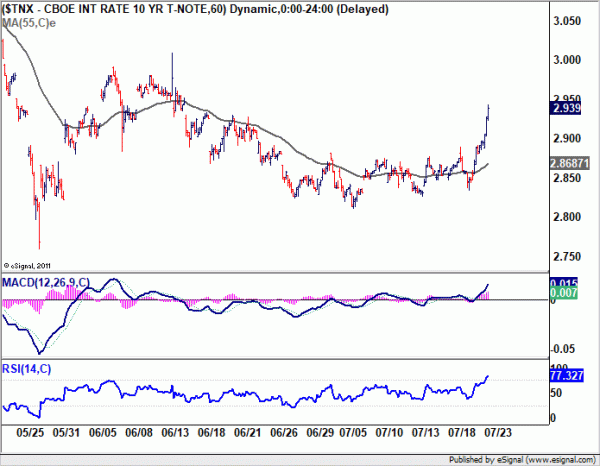
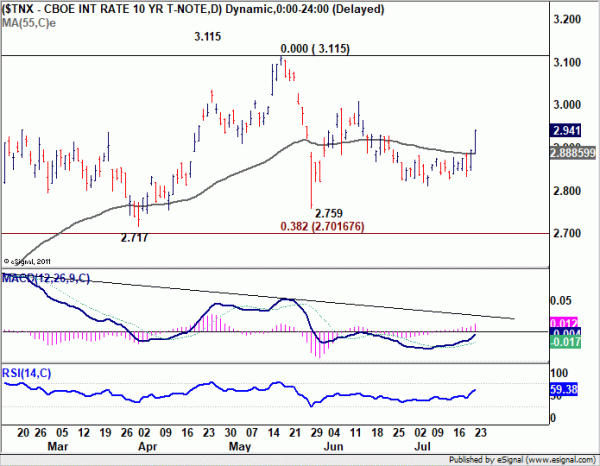
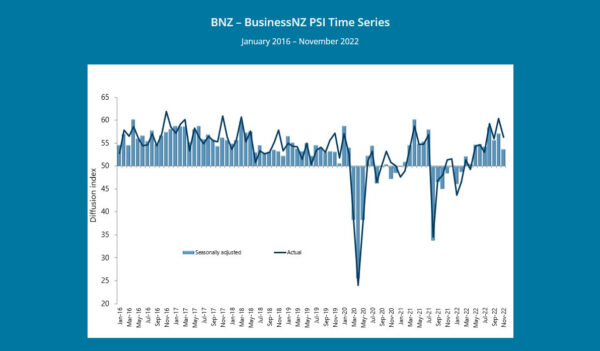
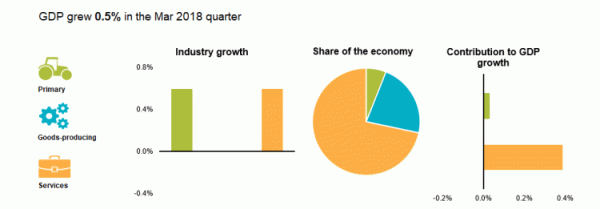
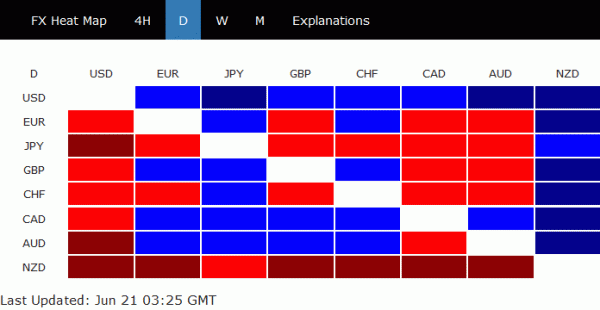
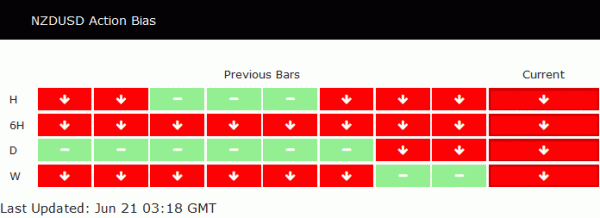
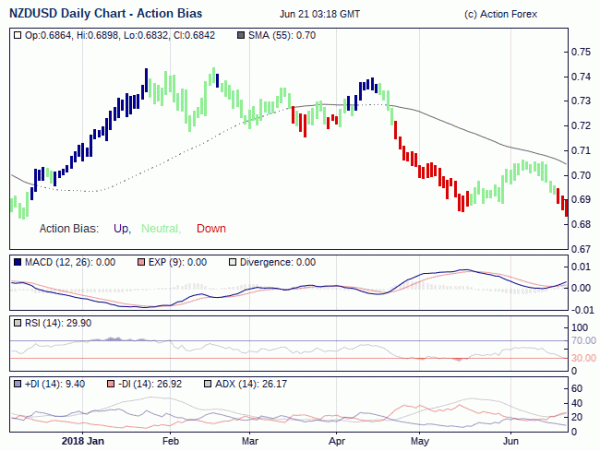
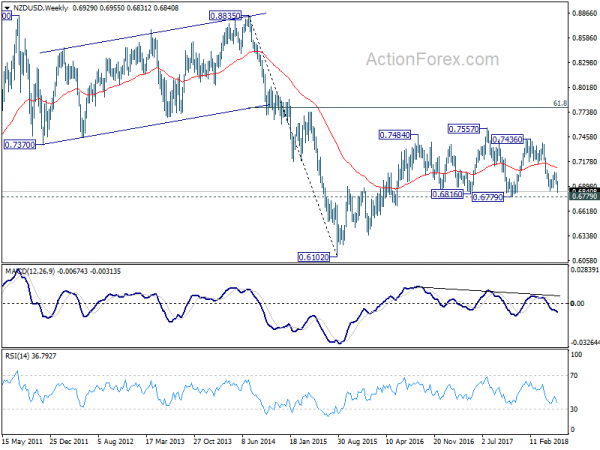
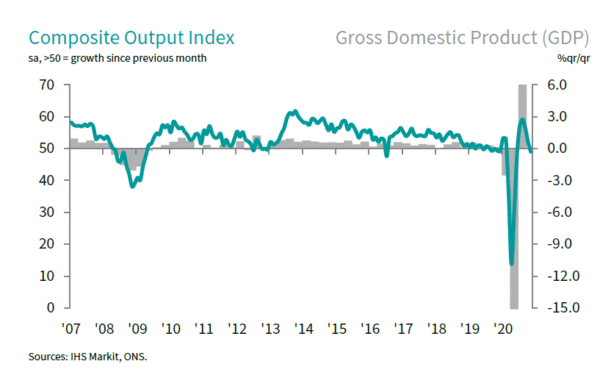
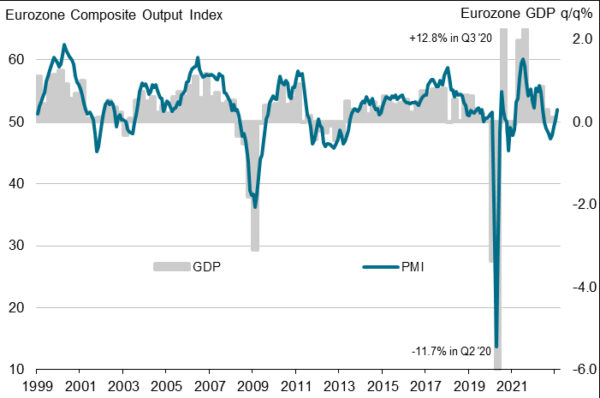
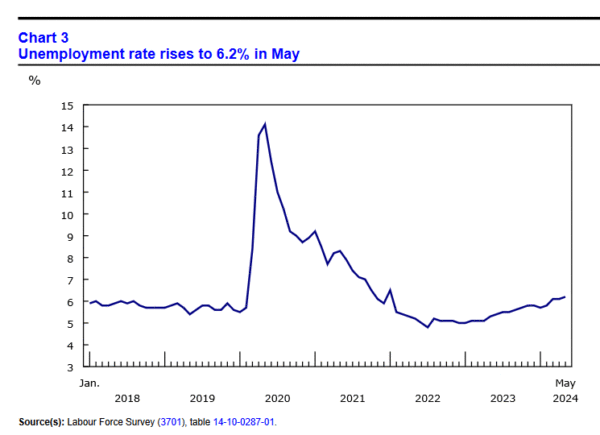
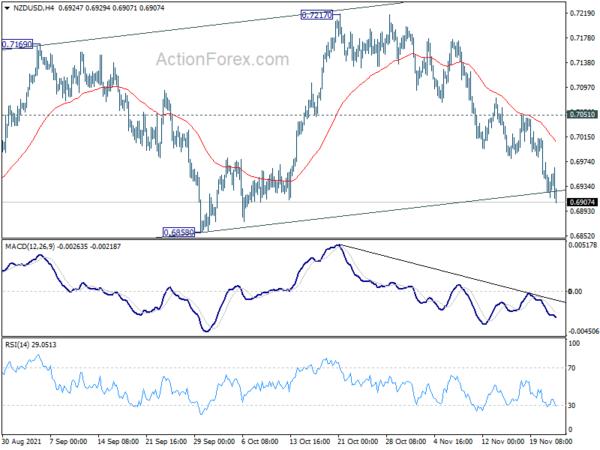
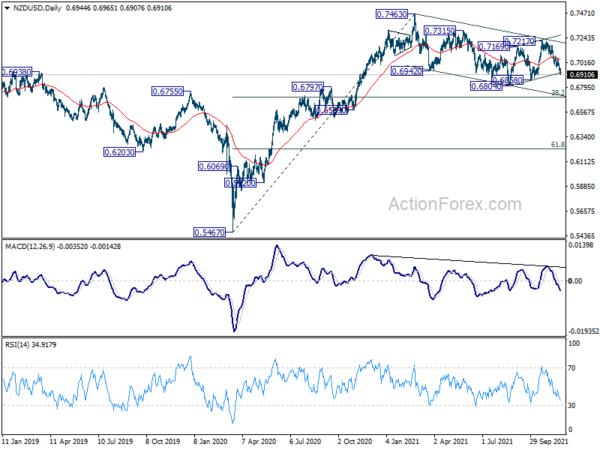
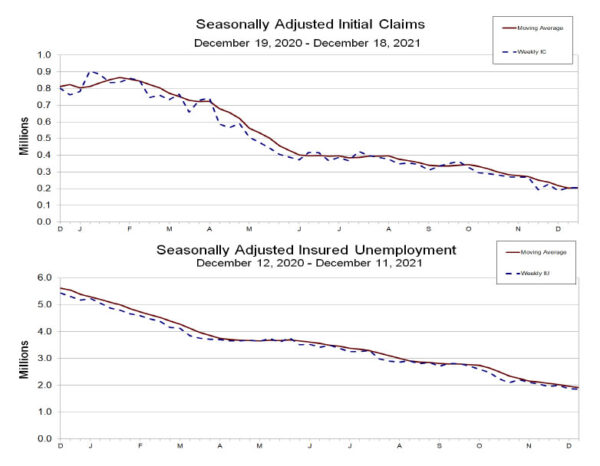

Today’s top mover: NZD/JPY losing momentum ahead of 4H 55 EMA
At the time of writing, NZD/JPY is the biggest mover today. But considering that it’s just down -49 pips or -0.67%, it’s place could easily been taken out by others at close. Also, it’s showing that today’s trading is rather dull.
Similar to other Yen crosses, NZD/JPY spiked lower to 69.18 last week on the currency flash crash. It was held slightly above 68.88 key support and rebounded. Rise from 69.18 is seen as a corrective move only and it’s already losing some momentum ahead of 4 hour 55 EMA.
While another rise cannot be ruled out yet, upside should be limited by 74.03 minor resistance. On the downside, below 72.12 minor support will turn bias back to the downside for retest 69.18 low.
From a medium term point of view, weekly MACD turned negative and crossed below signal line. NZD/JPY is held well below falling 55 week EMA. Both carry mildly bearish implications. For now, we’d favor an eventual break of 68.88 (2016 low) to resume the down trend from 94.01 (2015 high). In that case, next medium-to-long-term target will be 100% projection of 94.01 to 68.88 from 83.90 at 58.77. This will now remain the preferred case as long as 74.03 minor resistance holds.